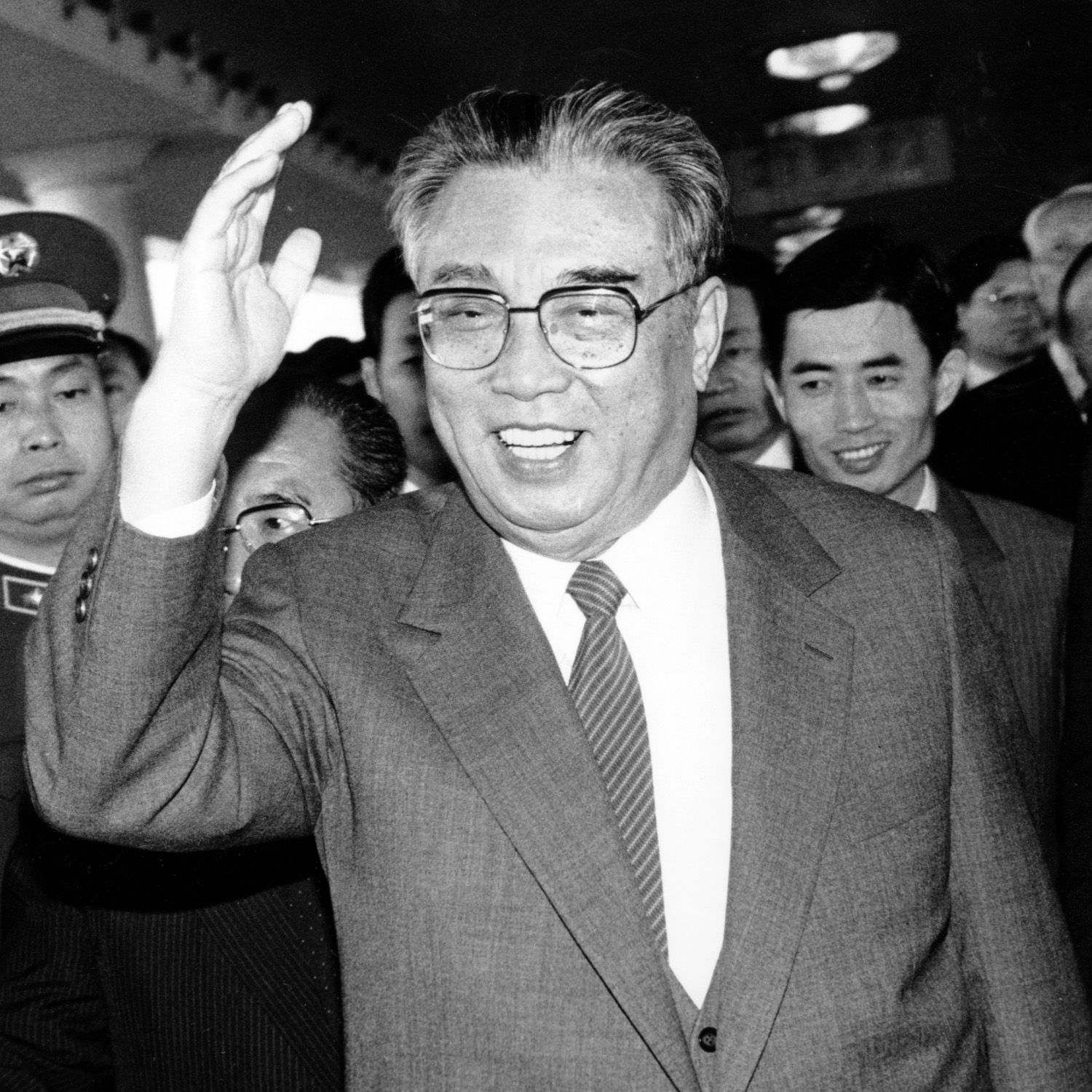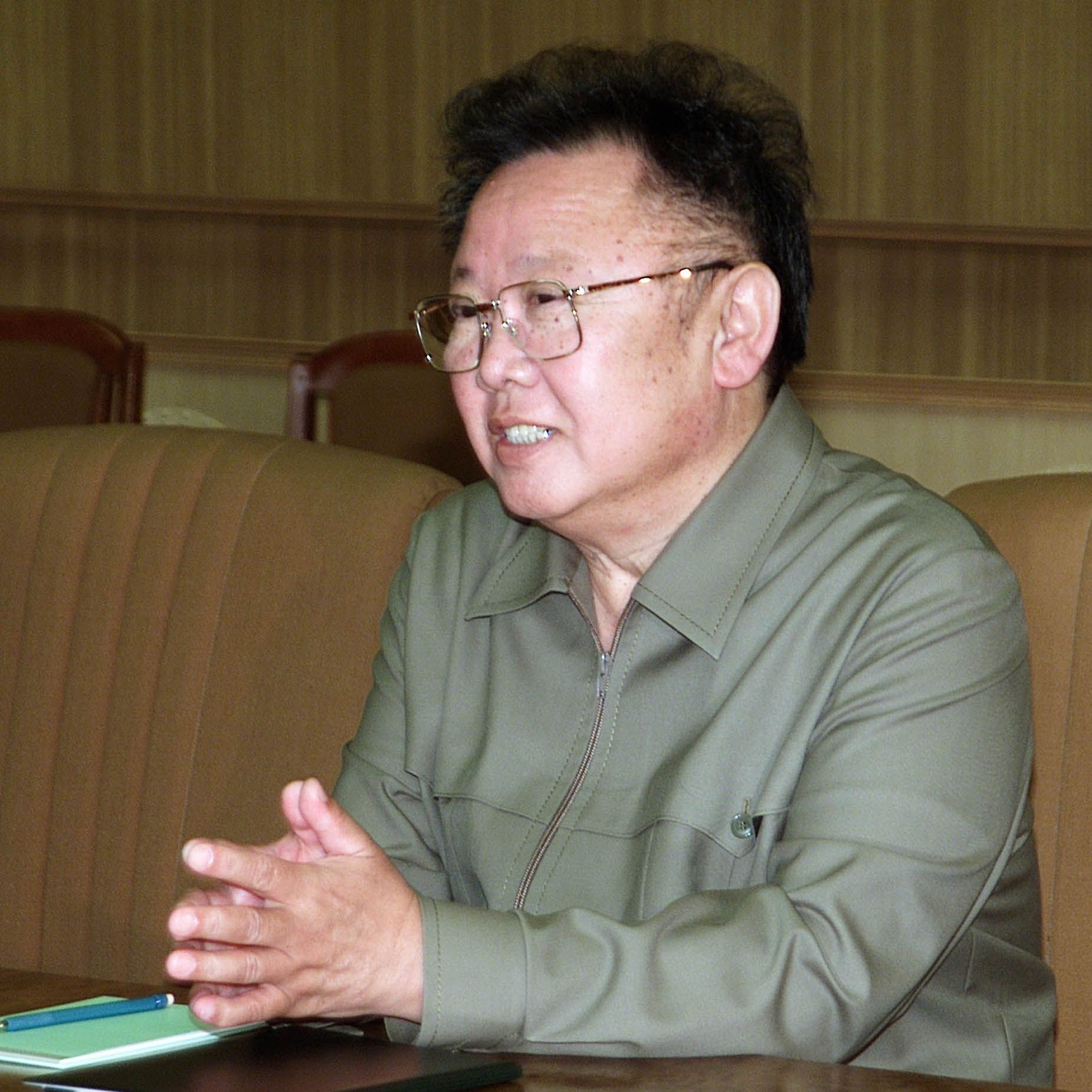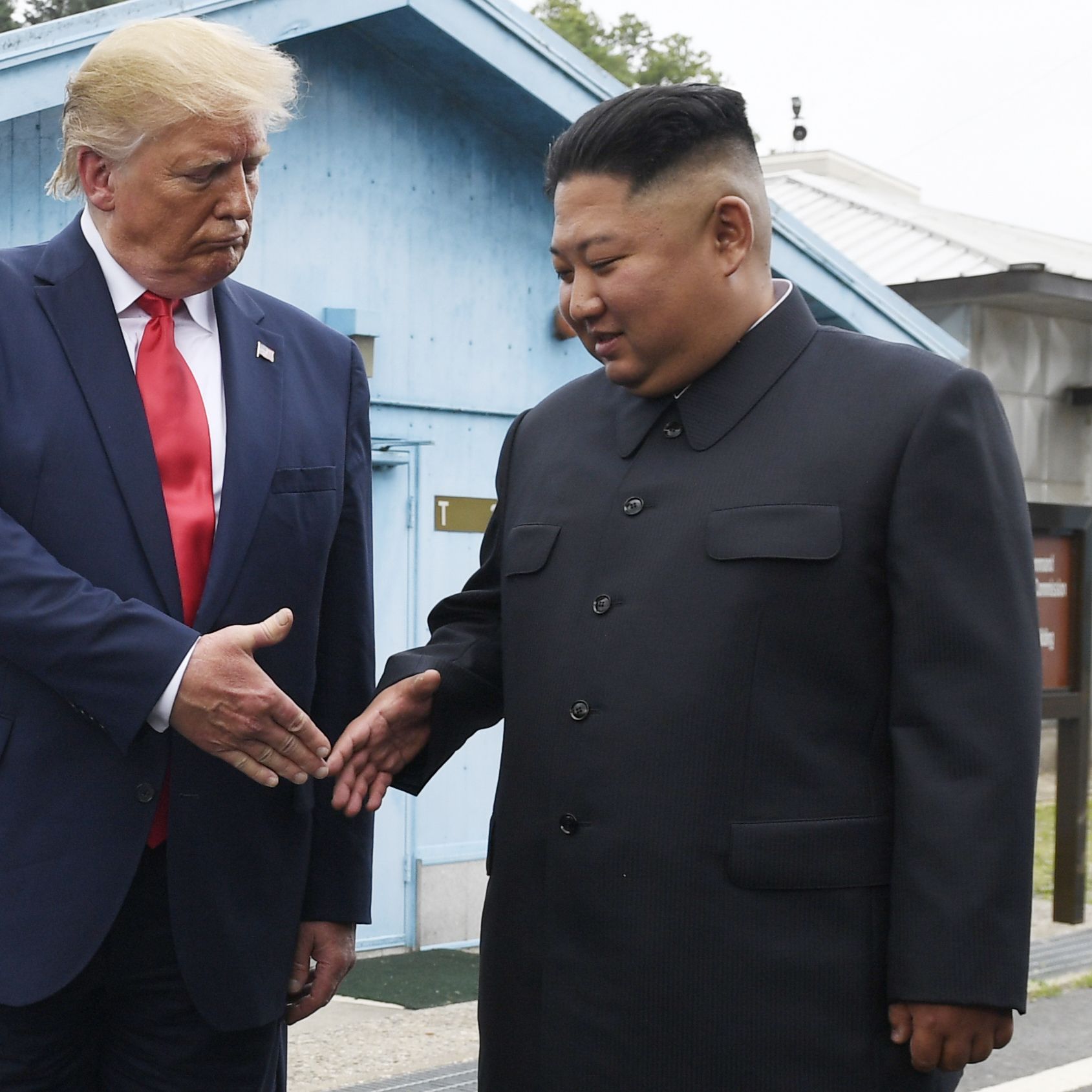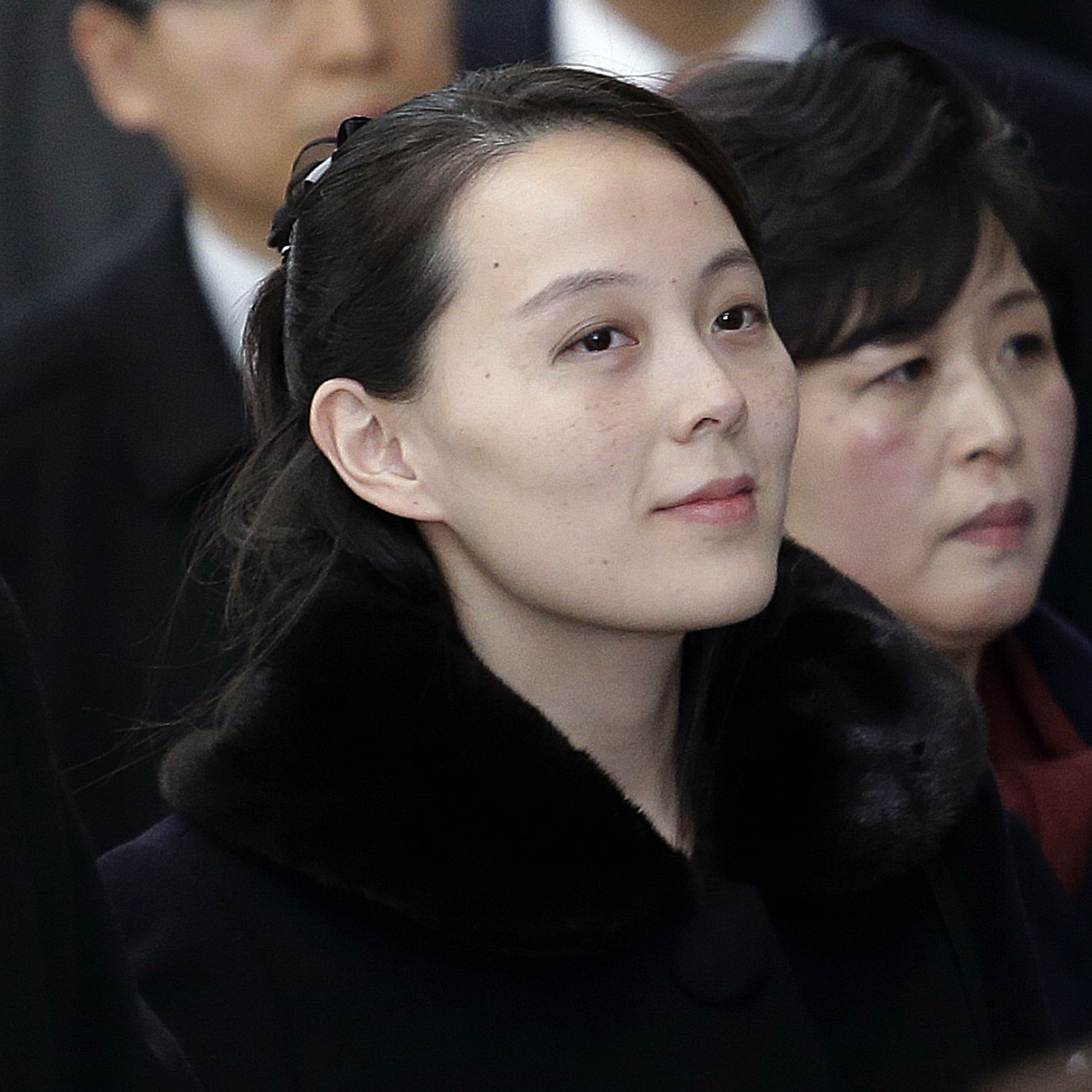History of North Korea’s Kim Dynasty
On April 15, North Korea celebrated the Day of the Sun: The birthday of the founder of the country, Kim Il Sung. A notable no-show for the annual celebration: Kim’s grandson and current head of state, Kim Jong Un. This has led to several questions: Where is the 36-year-old Kim, why has he not been seen in public and what might that mean to the balance of power on the Korean peninsula? Here’s a look at the Kim dynasty:
Kim Il Sung
 (Neal Ulevich/Associated Press)
(Neal Ulevich/Associated Press)
1948-1994
Kim Il Sung gained fame in 1937 leading Chinese-supported guerrilla attacks against invading Japanese forces. He fled to the Soviet Union in 1940 and spent time in the Red Army until the USSR put him in charge of Soviet-occupied territories in 1945. Kim had lived much of his life in China and the Soviet Union, so he reportedly had to be coached on how to speak proper Korean.
ACCOMPLISHMENTS
• Came to be known as “Great Leader.”
• Authorized an invasion of South Korea in 1950, triggering the Korean War.
• Railed against continued U.S. military presence in the region and had the surveillance ship USS Pueblo seized off the coast of North Korea in 1968, triggering an international incident.
• Despite his devotion to North Koran self-sufficiency, Kim accepted aid from the Soviet Union for decades until the USSR broke up in 1991. After that, North Korea suffered economically.
HEALTH ISSUES
Kim suffered from diabetes and hardening of the arteries. He developed a calcium deposit on the back of his neck that grew to about the size of a baseball. He refused an operation to have it removed. Photographers were not allowed to shoot pictures of Kim from the back.
DEATH
Kim collapsed after a sudden heart attack on July 8, 1994. Doctors were called in from Pyongyang but Kim died later that day. He was 82. Kim’s death was not announced until 30 hours later. His son and successor then declared a 10-day mourning period.
Kim Jong Il

1994-2011
The transition of power from Kim Il Sung to Kim Jong Il was unusual for a Communist country: Succession typically isn’t through family lines. Kim Jong Il was famous for having an overdeveloped ego and temper, which directly affected his leadership style. He reportedly wore lifts in his shoes and had his hair styled in a way that would make him look taller.
ACCOMPLISHMENTS
• Came to be known as “Dear Leader.”
• Increased North Korea’s reliance on personality cult-like politics.
• Made a deal with President Bill Clinton in 1994 to halt development of nuclear weapons in exchange for help in building power-generating reactors. Kim reportedly broke this agreement, which lead to North Korea eventually possessing nuclear weapons.
• Enjoyed cinema, opera and stage musicals. He reportedly built a library of 20,000 Western movies and was a huge fan of James Bond films in particular.
HEALTH ISSUES
Kim suffered from diabetes and epilepsy and was a chain smoker. He reportedly had a series of strokes in 2008 that had set off preparations for his death. A Japanese historian claims to have evidence that a double had been hired, at one point, to fill in for Kim at public appearances.
DEATH
Kim reportedly died while traveling by train on Dec. 17, 2011. He was 70. Kim had mostly traveled by train because of his fear of flying. Government officials argued over how Kim’s legacy was to be presented before they announced his death – 51 hours after the fact.
Kim Jong Un

2011-Present
Kim has maintained his grandfather’s and father’s reputation for brutal conduct in office. He maintains a network of harsh political prisons that has been condemned by the International Bar Association. Kim famously had his own uncle arrested and executed in 2013 and his half-brother – who had been critical of Kim’s leadership – murdered in a Kuala Lumpur airport in 2017.
ACCOMPLISHMENTS
• Came to be known as “the Great Successor.”
• Continued North Korea’s policy of testing nuclear weapons and developing long-range missiles despite criticism and sanctions from other countries.
• Has alternated between trading insults with and holding summit meetings with President Donald Trump.
• Has directed the development of an extensive cyberwarfare operation, developing computer viruses and hacking operations.
• Is a fan of NBA basketball.
HEALTH ISSUES
Kim suffers from hypertension and, like his father and grandfather, is diabetic. Also like his father, Kim is a heavy smoker. He reportedly gained about 60 pounds between 2010 and 2015. Kim disappeared from public view in late 2014. He reappeared two months later using a walking stick. Kim is 36.
DEATH
Japanese media reports last week claimed Kim had undergone surgery to place a stent in an artery near his heart and had fallen into “a vegetative state.” Officials in both South and North Korea say Kim is “alive and well,” but admit he’s not been seen in public for three weeks.
Kim Yo Jong

Possible successor
Kim Yo Jong reportedly has a very close relationship with her brother, Kim Jong Un – a result from the two of them being sent to study in Switzerland for four years. She returned to North Korea to study computer science and then to go into government service for her brother. In 2017, the U.S. Treasury Dept. sanctioned her for “serious human rights abuses and censorship activities.”
ACCOMPLISHMENTS
• Served as secretariat to her father, Kim Jong Il and then has served her brother as first vice-department director of the Propaganda and Agitation Department, in charge of managing his public image.
• Served as an envoy to the 2018 Winter Olympics in Pyeonchang, South Korea, where she met with President Moon Jae In and U.S. Vice President Mike Pence.
• Served in the politburo for two years until her brother removed her in February 2019 following the collapse of denuclearization talks with the U.S. He reportedly reinstated her earlier this month.
HEALTH ISSUES
None known. Kim is 32 years old and has reportedly had two children.
SUCCESSOR
Kim has ties to the Paektu bloodline that the family claims as its divine right to rule, which would seem to make her a likely successor. But other observers point out the male-dominated North Korean Worker’s Party might feel differently.
